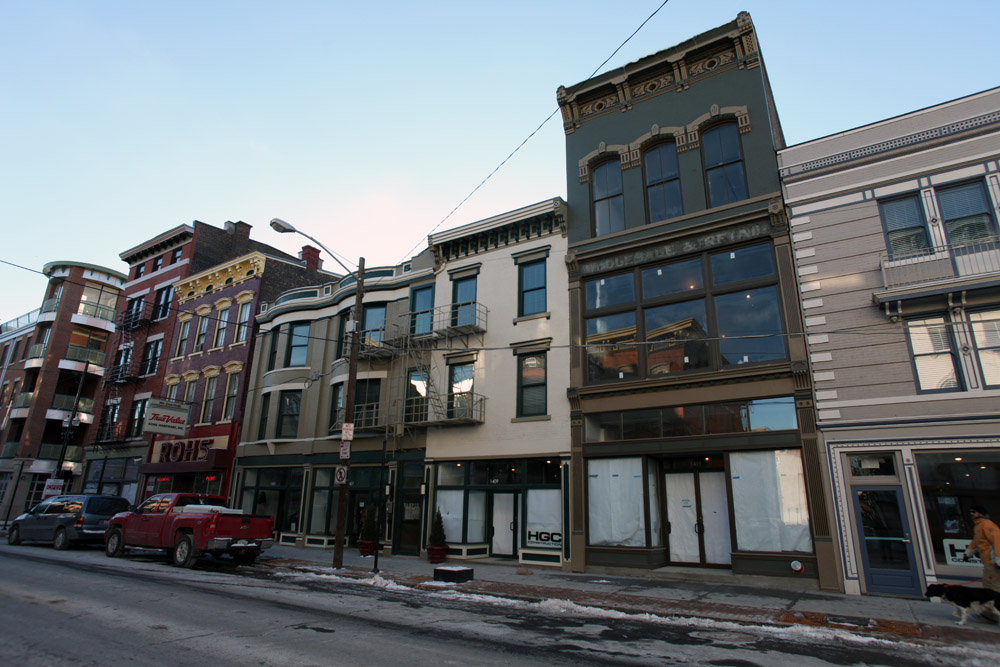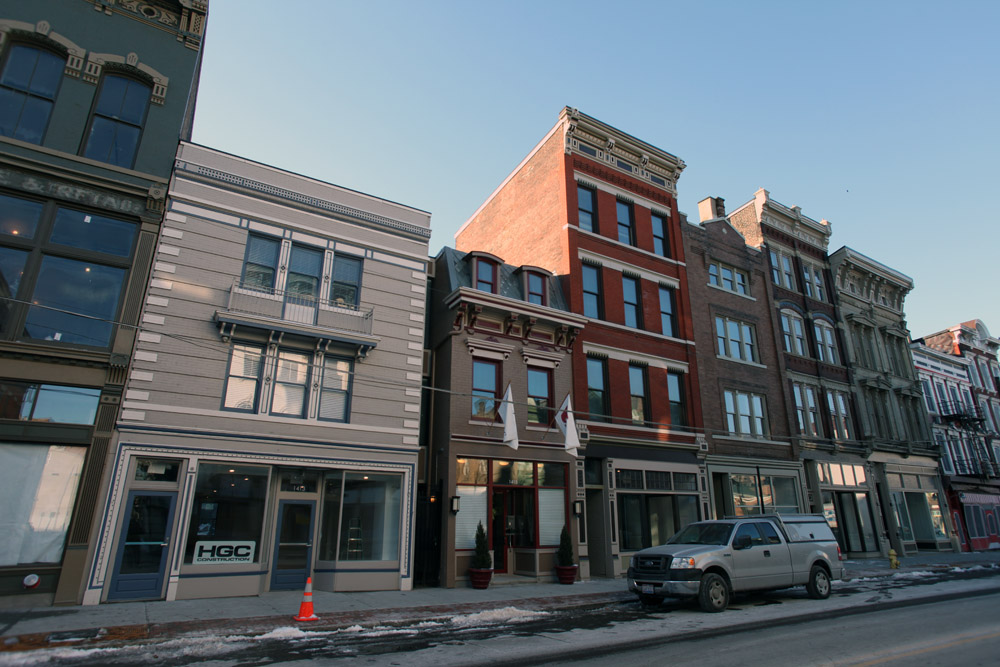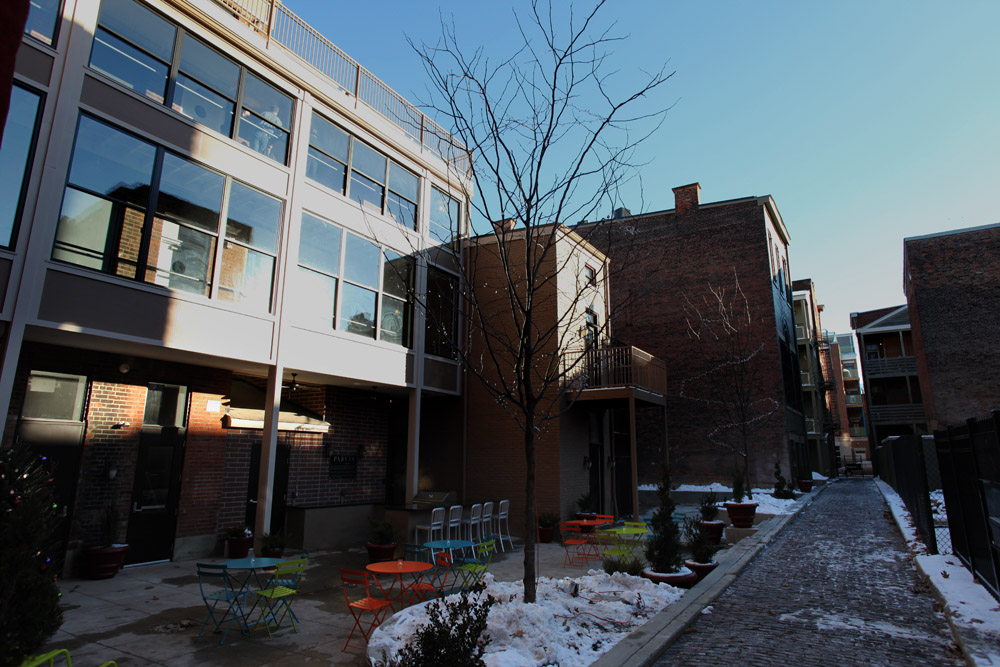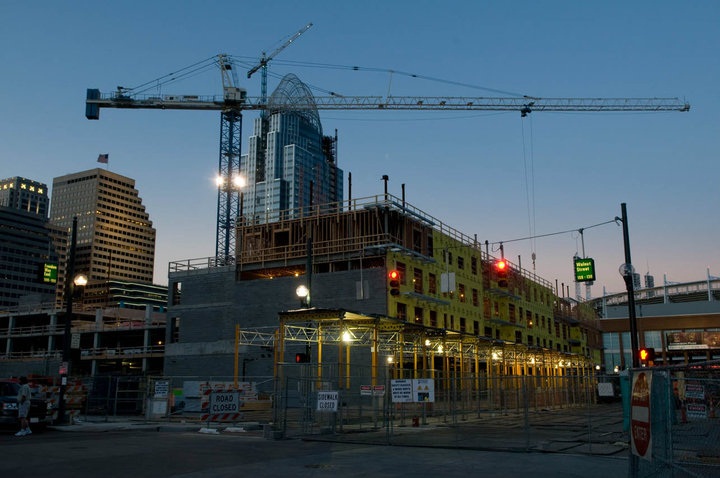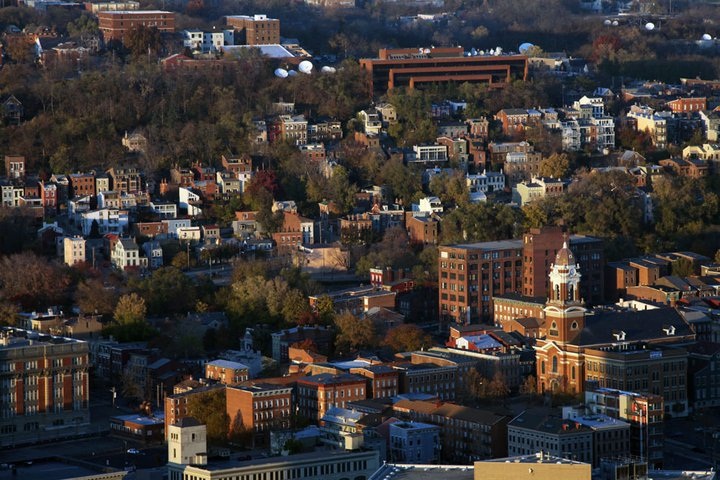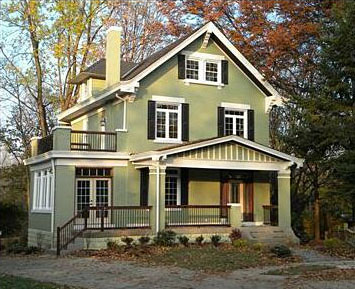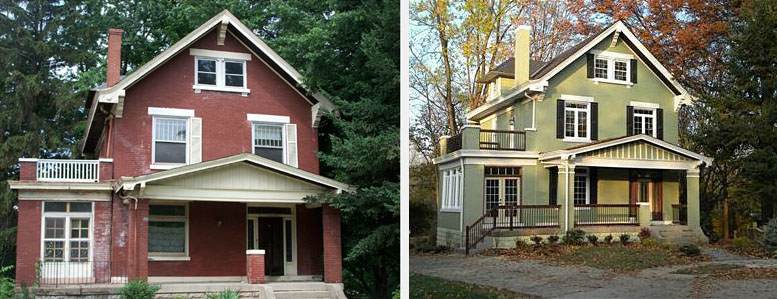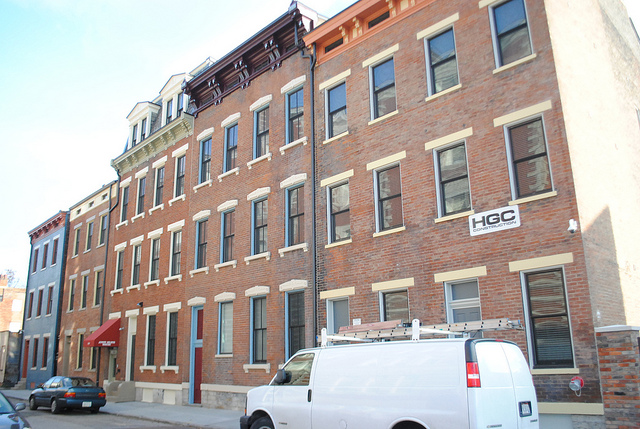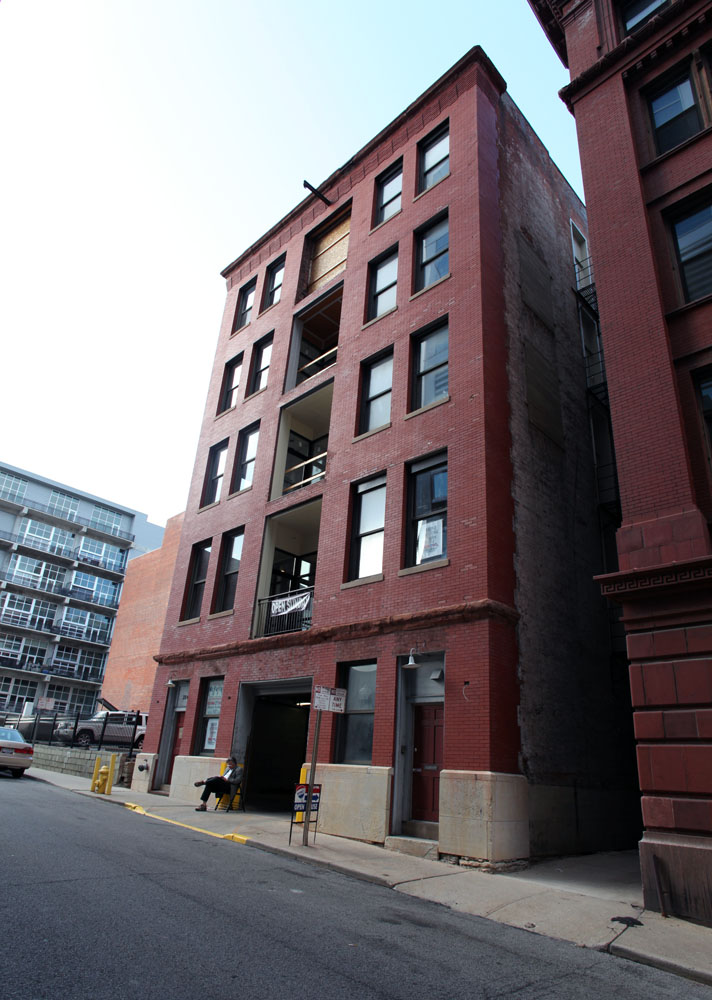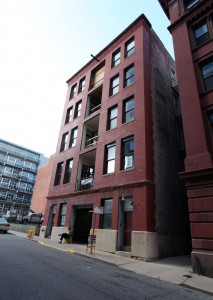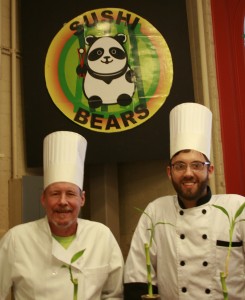The Parvis Lofts development has been open for less than one month and already developers say that they have leased nearly 50 percent of the 32 rental units available. The residential units also include 15,000 square feet of commercial space to fill out the $10.7 million development in the heart of historic Over-the-Rhine.
“The renaissance of Over-the-Rhine continues. By building apartments, we are giving new choices for people who are interested in being a part of the revitalization of this neighborhood,” Cincinnati Mayor Mark Mallory stated in a prepared release.
The development is located in the 1400 block of Vine Street which previously consisted of deteriorating buildings. NorthPointe Group developers say they renovated the 10 buildings into rental units to fill a need that had yet to be satisfied by other recently completed projects in the Gateway Quarter of Over-the-Rhine.
The finished units include laundry facilities in each unit, Rookwood Tile fireplaces, a courtyard, secure parking, lobby, Cincinnati Bell fiber-optic service, and range in size from 475 square feet to 2,025 square feet. NorthPointe Group officials say that rents average $850 per month, but start as low as $575 and go as high as $1,850.
“Up until now there has only been for-sale product developed in the Q, and we have received numerous requests for rental options,” explained Parvis Lofts leasing agent J.T. Barse. “Like the Gateway Quarter as a whole, the project is aimed at attracting people that want to live in and embrace Cincinnati’s urban core.”
The project was funded through a variety of sources that include State and Federal historic tax credits, New Market tax credits and a load from Cincinnati Equity Fund.
To date, NorthPointe Group has developed two other projects with HGC Construction in Over-the-Rhine including Duncanson Lofts and Mottainai – both of which have sold out. The development team is now working on Saengerhalle Lofts on Race Street just a block away.
The Q, and OTR in general, has been attracting a lot of attention, and with a burgeoning social scene we are seeing more people that want to live here even if they don’t work downtown,” said Barse. “While that may be what is bringing them down to look, the high quality finishes and exterior common area is what makes them want to rent.”
Barse also notes that many of the renters come down without knowing there is a Kroger grocery store directly across the street, or about how close the units are located to Findlay Market.
Those interested in touring the remaining units can do so by contacting J.T. Barse at jbarse@northpointegroup.com or by calling (513) 835-2110. You can also stay up-to-date by following NorthPointe Group on Twitter @NPGRealEstate.
Parvis Lofts photography by UrbanCincy contributor Jake Mecklenborg.
